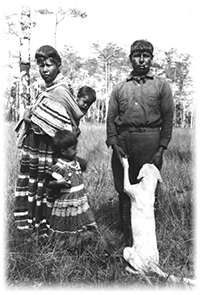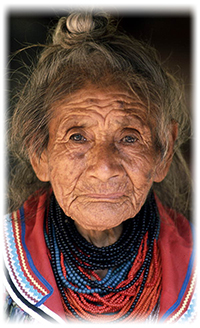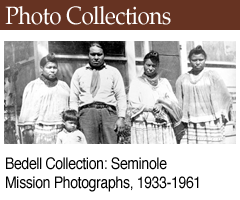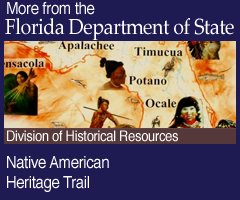The Florida Seminoles

Origins of the Florida Seminoles
Florida Seminoles originated from the indigenous peoples of the southeastern United States. They migrated into northern and central Florida beginning in the early 1700s.
Seminoles shared cultural connections with the Creek Indians. Creeks and Seminoles spoke various dialects of the Muscogee language and practiced an annual ritual cycle centered on hunting, planting, and harvesting.
Muscogee-speaking Native Americans lived in towns and villages across parts of modern-day Alabama, Georgia, and Florida. Although known by many names, today these people are generally referred to in Florida as Creeks, Seminoles, and Miccosukees.
The word Seminole formed from a combination of the words cimarron and simanoli. The Spanish term cimarron means “runaway” or “renegade.” The Muscogee term simanoli means “those that camp at a distance.”
Conflict and Recovery
The Seminoles fought a series of wars against the U.S. Army in the 1800s. By 1858, only about 200 Seminoles remained in Florida. Most of the Seminoles were forcibly removed to the Indian Territory west of the Mississippi River.
In the 1950s and '60s, Florida Indians obtained federal recognition from the U.S. government. Today, the Seminole Tribe of Florida and the Miccosukee Tribe of Indians of Florida are powerful factors in Florida politics, business, and culture.
This unit introduces major themes, events, and individuals in Seminole history using primary sources from the collections of the State Library and Archives of Florida.

 Listen: The World Program
Listen: The World Program



